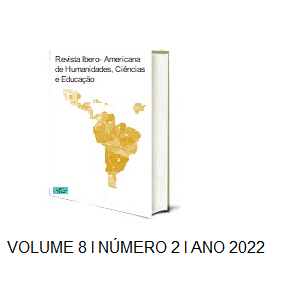THE USE OF THE SENSORY GARDEN AS A PEDAGOGICAL TOOL IN THE INCLUSION OF STUDENTS WITH ADHD
DOI:
https://doi.org/10.51891/rease.v8i2.4325Keywords:
Inclusion. Sensory garden. Perception. TDAH. Learning.Abstract
This project deals with the importance of including young people with Attention Deficit Hyperactivity Disorder in schools and initiatives that can awaken the little explored senses in each of the students. In a context of pedagogical practice increasingly concerned with the accumulation of standardized and quantifiable knowledge, children and adolescents who have this or some other type of developmental disorder end up experiencing daily exclusion in the classroom. Considering that these children need activities that start from different directions from the standard, this research work starts from the hypothesis that sensory gardens can be considered non-formal learning environments that provide more equal opportunities for young people with ADHD, as they stimulate their perception by through nature. The objective is to promote the inclusion of these students in activities where they can interact with other colleagues while learning to deal with environmental awareness. It is expected that stimulation promotes the sharing and exchange of knowledge in young people, aiming to prepare them for living in a less prejudiced society.
Downloads
Downloads
Published
How to Cite
Issue
Section
Categories
License
Atribuição CC BY

